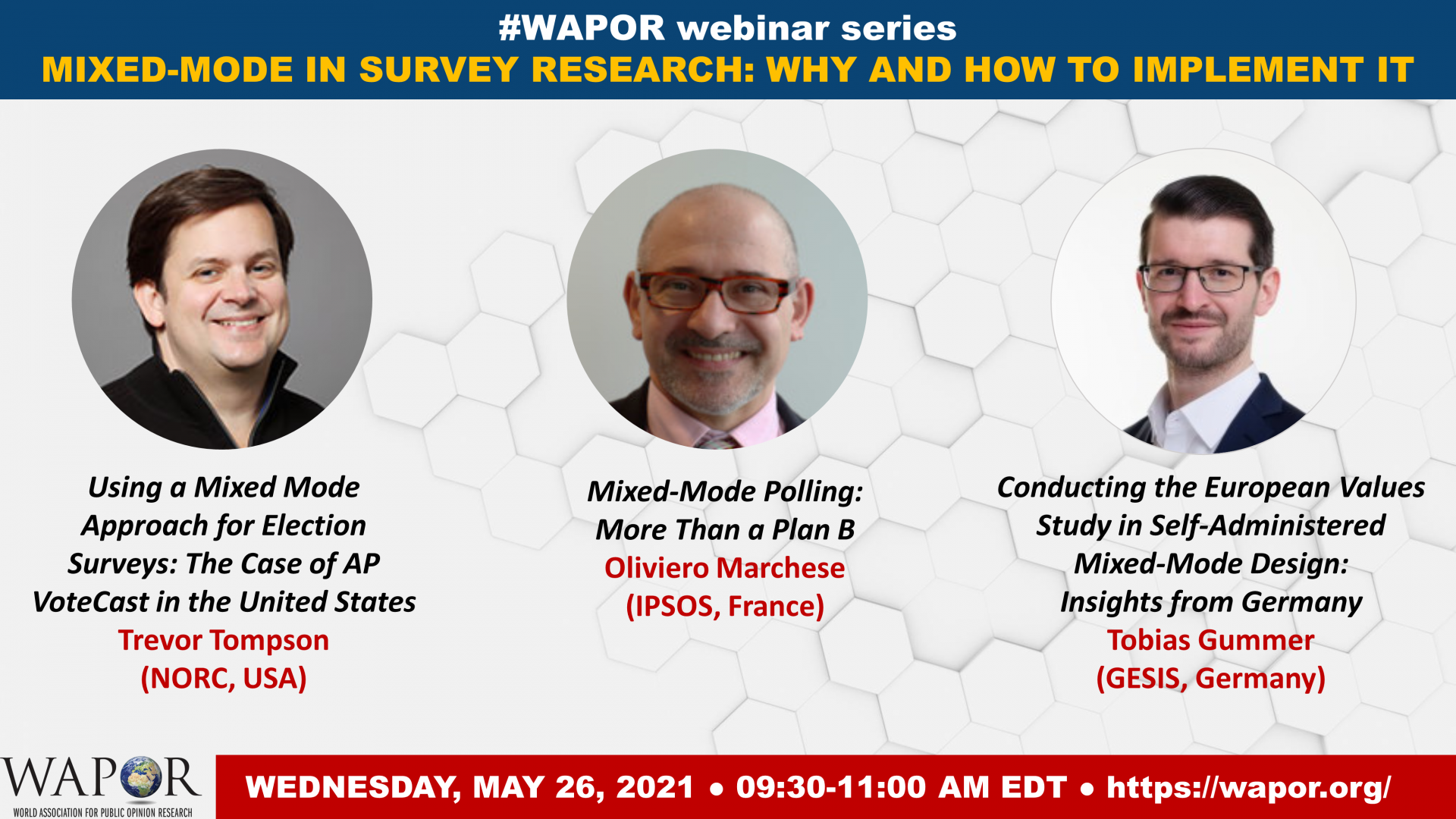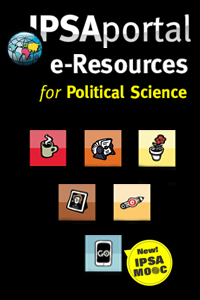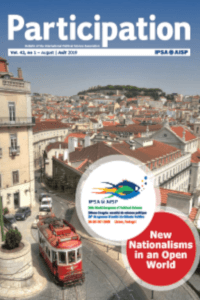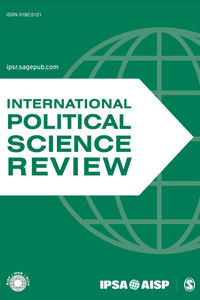

Mixed-mode in Survey Research: Why and How to Implement It
Wed, 26 May 2021 - Wed, 26 May 2021
Online
Organized by: World Association for Public Opinion Research (WAPOR)
Contact: renae@wapor.org
This webinar continues the series of public webinars by the World Association for Public Opinion Research (WAPOR). On Wednesday, May 26, we will learn about the most recent developments in mixed-mode surveys. Our speakers will approach the question from a practitioner’s point of view; that is, they will deal with the issues associated with implementation, combination and weighting of data collected using different modes. The webinar will be moderated by Claire Durand.
Webinar Presentations:
Conducting the European Values Study in Self-Administered Mixed-Mode Design: Insights from Germany (by Tobias Gummer, GESIS). This presentation gives an overview of experiments on the use of self-administered mixed-modes implemented in the German part of the European Values Study (EVS) 2017/2018. The survey included a face-to-face mode, self-administered mixed-modes (web and mail) with different survey lengths, incentive strategies, and mode choice sequences. This presentation will focus on the practical implications of implementing a general population survey in a self-administered mixed-mode design. Special attention will be given to outcome rates, implications on fieldwork, and survey costs.
Mixed-Mode Polling: More Than a Plan B (by Oliviero Marchese, IPSOS). At Ipsos, our global breadth and depth of operational capabilities allow us to take a “mode agnostic” approach to research, which means that the research design drives the decision of the appropriate data collection method. Pro-active use of mixed-mode can help research addressing necessary trade-offs in the context of providing the highest quality while focusing against research's main priorities, as representativeness, measurement validity, consistency, speed and cost. In pre-election polling, mixed-mode was initially tried to deal with coverage error, as different profiles of voters had a tendency to respond to different data collection methods. That also revealed useful at mitigating measurement errors, like interviewer-related effects. Nevertheless, such benefits must be evaluated in each country, taking into consideration the specific geography, technological environment, culture and political circumstances.
Using a Mixed Mode Approach for Election Surveys: The Case of AP VoteCast in the United States (by Trevor Tompson, NORC). Using multi-mode methods in survey research is becoming increasingly essential in reaching a representative sample at a reasonable cost. In this presentation, I discuss how NORC at the University of Chicago uses a mix of mail, online, and telephone methods to conduct a very large-scale election survey project in the United States. AP VoteCast was developed by AP and NORC as a replacement for the traditional in-person U.S. exit poll. It has been conducted in the 2018 and 2020 elections and the results were used by news organizations such as AP, Fox News, The Wall Street Journal, The New York Times, National Public Radio, and dozens of other news organizations around the world to inform their election coverage. We will discuss the reasons for the complex design, how some modes are better at reaching certain populations than others, review some of the issues in data processing and case management, and also discuss issues around weighting and analysis of the data.











